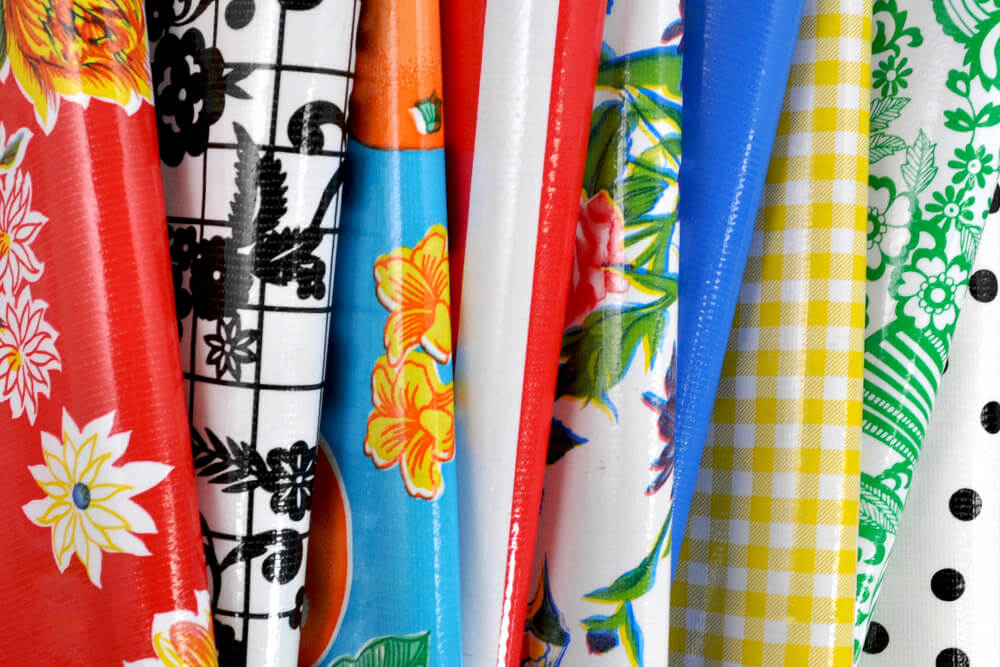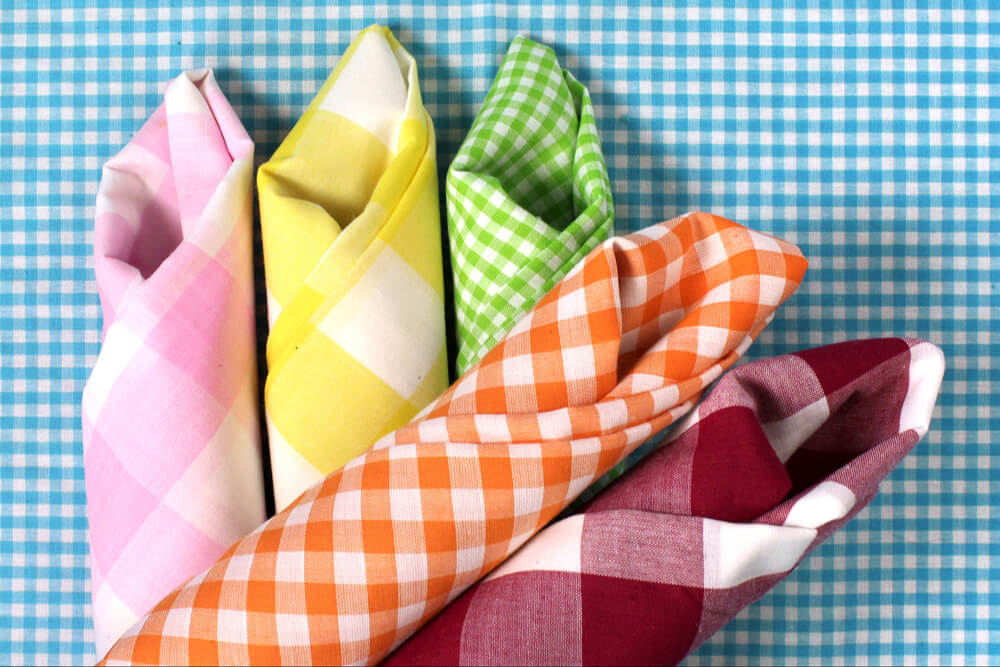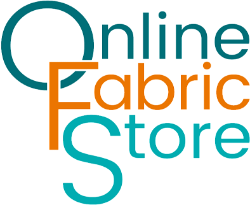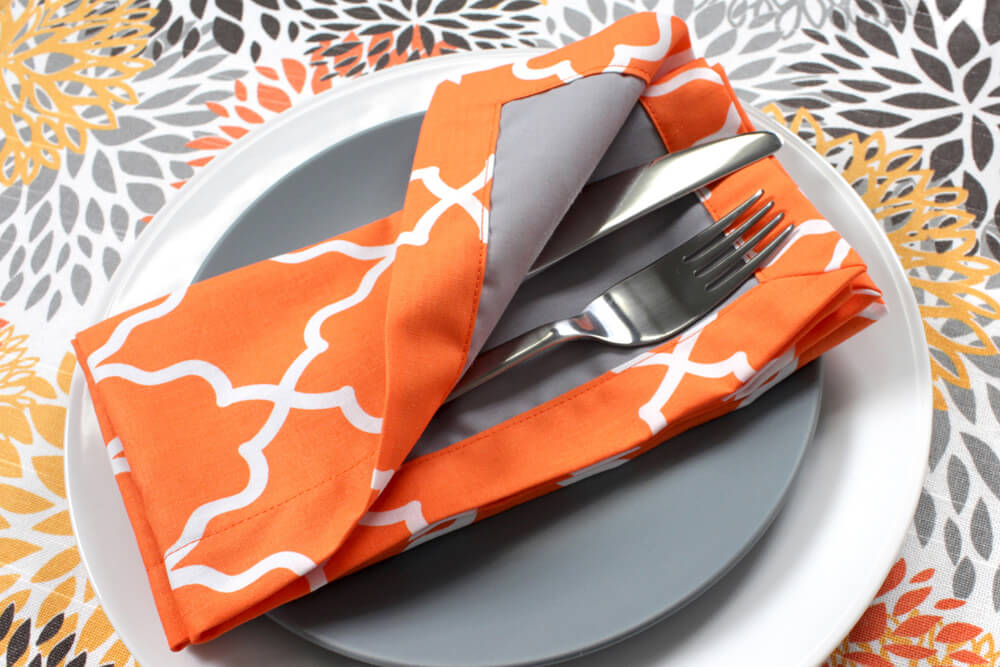You want to make sure you can wash whatever fabric you choose. The manufacturers of fabrics like linen, canvas, and drapery fabrics will recommend dry cleaning, but it’s sometimes fine to machine wash them. See Can I Wash Décor Fabric? for more information. The fabric will probably shrink, so always pre-wash whatever fabric you use.
Fabric for napkins should be flexible enough to roll or fold, while fabric for placemats can be stiff. Cotton duck (canvas) and some drapery fabric is suitable for placemats or heavier napkins. Decorative outdoor fabric is another great option because it is water and stain resistant.
To make your placemats stiffer, you can use a fusible stabilizer between 2 layers of fabric. This way you can use any of the lighter weight fabrics for napkins for placemats as well, as long as they can be ironed. We suggest the double sided Pellon #72F Peltex II Ultra Firm Fusible Stabilizer, but you can also use the single sided version. Pellon #809 Decor Bond Fusible Stabilizer also works well and is more flexible than the ultra firm options.
Wipeable placemats can be made with oilcloth or vinyl, which do not have to be hemmed because the fabric doesn’t fray. Simply cut it to the size desired. Use decorative scissors to give the placemats a scalloped or zigzag edge. Oilcloth and vinyl are easily wiped clean with a soapy cloth. (They shouldn’t be machine washed.) Oilcloth fabric comes in wonderful array of designs.
Another option that’s especially good for outdoor placemats is Phifertex fabric. These fabrics have a beautiful textural weave that can withstand the elements. Phifertex placemats are very easy to make because the stiff fabric doesn’t fray and no sewing is involved.
Fabric for Placemats:
-
 Oilcloth is great for placemats and tablecloths
Oilcloth is great for placemats and tablecloths
-
 Gingham adds nostalgic charm to a casual dining area
Gingham adds nostalgic charm to a casual dining area
Napkin Tutorials
To make these napkins with mitered corners, see our How to Sew Cloth Napkins tutorial. They’re made with a quilting cotton and have a broadcloth back.
We also have a tutorial with 3 ways to make linen napkins.
Placemat Tutorials
If you’re interested in making easy Phifertex placemats, check out How to Make No-Sew Phifertex Placemats. We spray painted ours, but there’s many patterns and textures available that are beautiful just as they are!
Our How to Make Woven Placemats tutorial uses strips of Sunbrella outdoor fabric to make basket weave placemats that can be used indoors or out.



